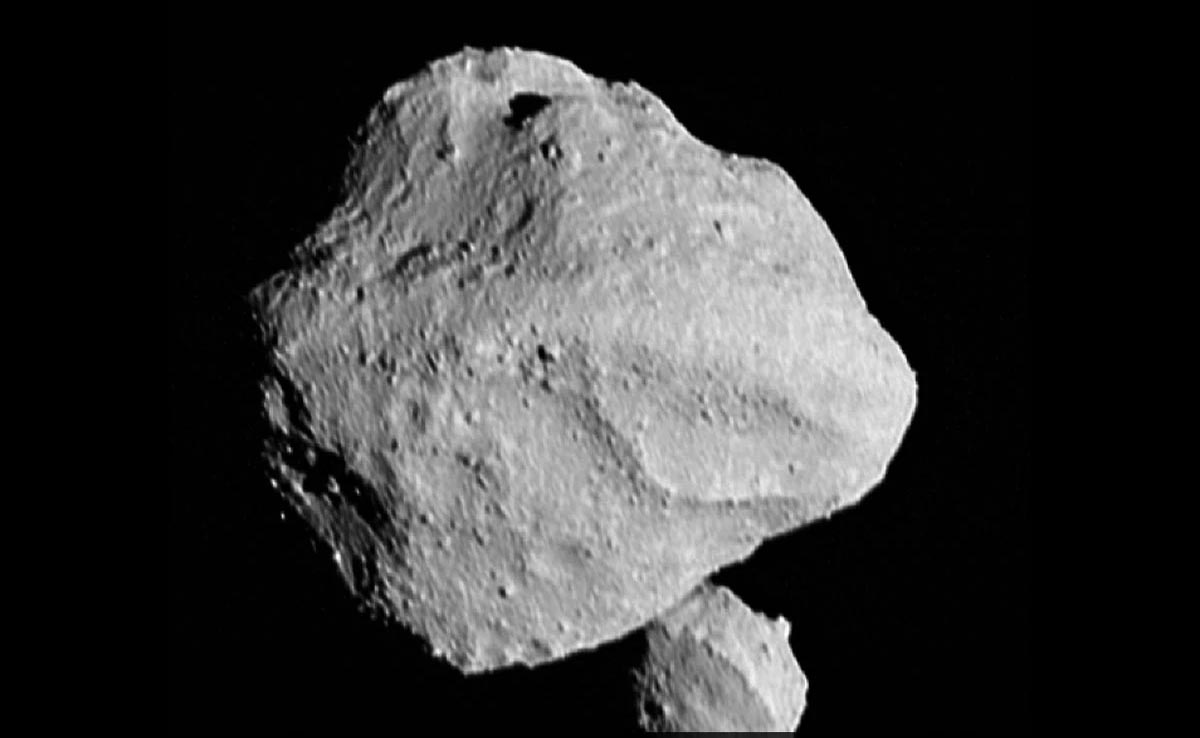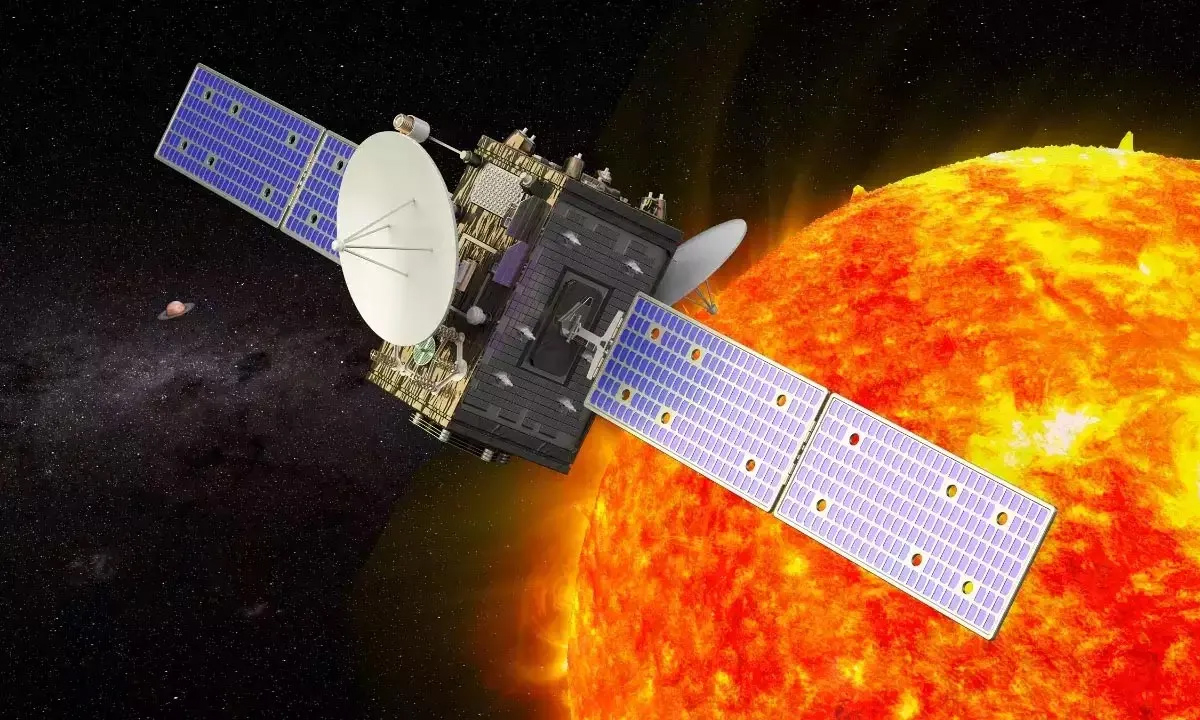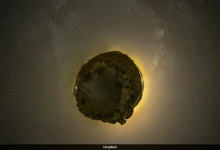Japan To Test Spacecraft Technology To Destroy Asteroid Set To Collide With Earth

Japan Aerospace Exploration Agency (JAXA) is set to embark on an ambitious mission to test technology capable of intercepting and destroying asteroids that are on a collision course with the Earth. According to the Independent, the agency is repurposing its Hayabusa2 spacecraft to intercept and deflect an Earth-bound fast-moving asteroid.
Launched in December 2014, Hayabusa-2 was initially tasked with intercepting the near-Earth asteroid 162173 Ryugu, which successfully arrived at its destination in June 2018. After surveying the meteor for 18 months, it collected samples of debris by firing a pellet into the asteroid’s surface. Those samples were returned to Earth in December 2020, with scientists still examining them for clues about the origins of the universe.
After the successful mission, JAXA engineers announced in December 2020 that the remaining xenon propellant would be used to enable Hayabusa-2 to carry out a fly-by of the asteroid 2002 CC21 in July 2026. Five years later in 2031, Hayabusa2 is slated to fly close to the small school bus-sized fast-spinning asteroid 1998 KY26 whose orbit crosses that of the Earth.
According to JAXA, the target asteroid, 1998 KY26, is a nearly spherical object with a diameter of 30 meters. It is currently orbiting the sun with a minimum distance to Earth of around 374,000km.
”The asteroid is part of a class referred to as ‘fast rotating asteroids’ due to its extremely rapid rotation time of just 10 minutes. The ‘small and fast’ attribute creates a very special physical environment near the asteroid’s surface, as the centrifugal force due to the rotation exceeds the gravity of the asteroid,” JAXA said, according to South China Morning Post.
JAXA emphasized the need for such technology because space rocks of such size collide with the Earth every 100 to 1,000 years and may cause significant damage. Ground-based observations have proven insufficient in providing the necessary information, making close examinations, such as those planned for 1998 KY26 and 2002 CC21, crucial for advancing planetary defense technologies.
”This kind of technology is equivalent to that needed to collide a spacecraft into an asteroid to adjust its orbit, which makes the flyby mission one that can also contribute to planetary defense,” the Japanese space agency said in a statement
















